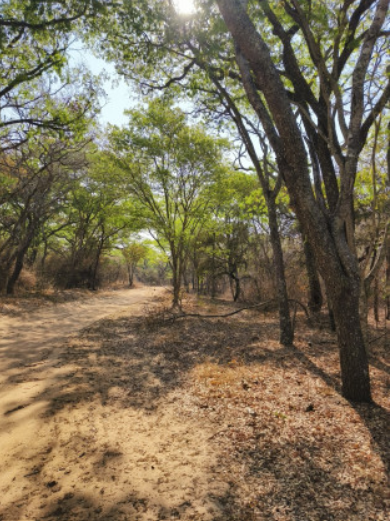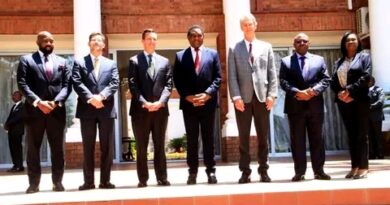Zimbabwe Takes Bold Step Towards Responsible Forest Management
The Forest Stewardship Council (FSC) has officially released a new Interim Forest Stewardship Standard (IFSS) for Zimbabwe, marking a significant step towards responsible and sustainable forest management in the country.
The standard applies to all management units, including Small or Low Intensity Managed Forests (SLIMFs), and covers both timber and non-timber forest products (NTFPs). It is expected to benefit large- and small-scale timber growers, as well as producers of forest-based goods, encompassing both plantations and indigenous forests.
Zimbabwe is home to critical biodiversity, with over 5,930 plant species and more than 1,360 animal species. Forests currently cover approximately 35% of the nation’s land and provide essential resources such as food, medicines, timber, and firewood for rural communities.
Despite this, the country faces alarming deforestation rates. According to Global Forest Watch, Zimbabwe lost over 1 million hectares of humid primary forest between 2002 and 2024, representing 0.43% of its total tree cover.
The Forestry Commission reports an annual loss of 330,000 hectares due to agricultural expansion, tobacco curing, over-reliance on fuelwood, uncontrolled fires, and invasive species. At this pace, Zimbabwe’s forests could vanish within 52 years.
The IFSS, effective from 1 January 2026, integrates FSC’s latest Principles and Criteria for forest management and aligns with Zimbabwe’s 2023 National Forest Policy and National Development Strategy 1 (2021–2025).
Forest certification under the standard aims to ensure responsible forest management, protect the rights of workers and communities, safeguard the environment, and maintain commercial viability. It is also expected to boost the competitiveness and export potential of Zimbabwean forest products.
The standard was developed in collaboration with the Soil Association Certification, appointed by FSC in 2023, in close consultation with the Zimbabwe Forestry Commission and a wide range of stakeholders. The process included online consultations, onsite meetings, and a key workshop in Lusaka with industry representatives and community members.



